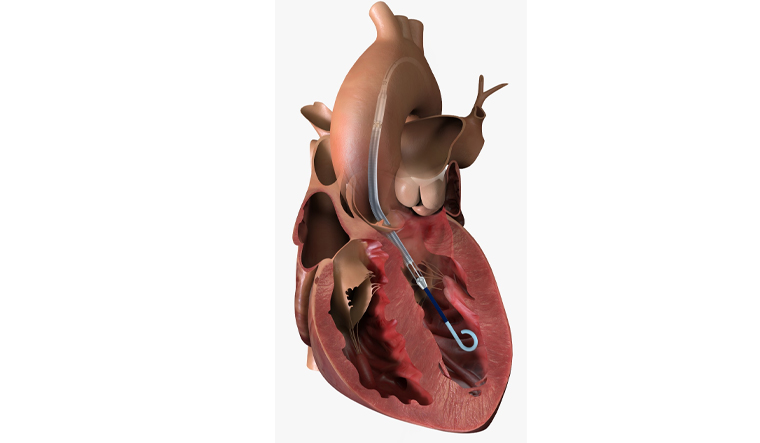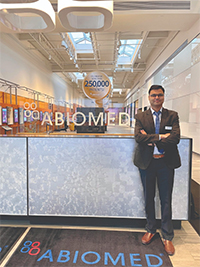The advent of cutting-edge technology is redefining and setting new paradigms in healthcare delivery. Could you please elaborate the current scenario for MedTech industry in Cardiovascular space?
Cardiovascular diseases are the leading cause of death globally, taking an estimated 17.9 million lives each year. India, home to 18% of the world’s population, has undergone a massive epidemiological transition which has resulted variations in disease burden across various states. This has led to a significant rise in the prevalence of ischemic heart disease (IHD). With the rising prevalence of IHD in India, the concept of high-risk angioplasty (PCI) becomes more imperative not only due to anatomical and pathological changes but also due to changes in risk factors and comorbidities which may be the driver for the increasingly complex coronary artery disease (CAD) being treated by Cardiologists. This is where, the MedTech industry is proving to be the boon to develop cutting edge technologies which are not only safe but also effective to manage complex CAD.
Can you tell us more about Abiomed’s flagship product ‘Impella’?
Impella is the world’s smallest heart pump. It is inserted, completely percutaneously and within minutes, through a small hole in the artery of a leg and up through the aorta into the left ventricle, which is the main pumping chamber of the heart. It does not require a thoracotomy, or having your chest cracked open. Around the world, more than 170,000 patients have been treated with this device.
You have an extensive experience in academic research and patient management, so how is it different when working in MedTech industry?
The best part of working in MedTech industry is having an ability to impact healthcare delivery in a broader way by virtue of groundbreaking research and innovative treatment, thus, improving patient outcomes, which is unlike what we do as practicing clinicians—with innovations that impact many patients, and therefore quantitatively larger, but with lesser direct involvement than direct patient care. My area of expertise lies in studying coronary microcirculation. If you look at the primary mechanism of action of Impella, it favorably affects coronary microcirculation. by unloading the blood from left chamber of the heart it decreases the pressure at the end of heart relaxation, consequently reducing endocardial pressure, thereby, resulting in a fall of microcirculatory resistance. Also, unloading not only reduces oxygen demand of your heart muscles, but also increases oxygen supply through the improvement of coronary microcirculation. It gives me immense satisfaction to be associated with an organization where you can leverage your experience and skill set to save more lives!
If someone suffers from a heart failure or shock and they are treated with Impella device, what results can be expected?
The goal is to send the patient home with his own heart. So, if it’s a high-risk angioplasty case, the patient can get treatment that hopefully can improve the heart’s performance and the interventional cardiologist can use Impella as partial circulatory support during the procedure to ensure complete revascularization (open-up all the arteries of heart) and achieve the best possible outcomes.
And if it’s an acute condition such as cardiogenic shock, where the heart’s not pumping enough blood, the Impella device may be used to unload the left chamber of the heart and deliver oxygenated blood to the heart itself, as well as the brain and other end organs. This helps stabilize the patient. And then over time, again the goal is for the patient to eventually improve enough so that he can be discharged and go home with his own heart, potentially avoiding the need for other options of more invasive and expensive procedures.
What are some of the challenges that industry needs to work on with the government to improve access to cutting-edge technologies for patients?
Among the challenges that need to be overcome in my opinion are the rapidly changing disease burden, availability of adequate infrastructure, trained human resources, wide geographic spread, and high out-of-pocket expenditures in many parts of the region. These challenges pose impediments resulting in inequitable distribution of world-class medical care and accessibility to the facilities leading to widening the gap in healthcare despite progress. Continued investment in technology, research and innovative solutions could blunt the challenges to a great extent to effectively serve a population of 1.4 billion and even foreign patients under medical tourism.



